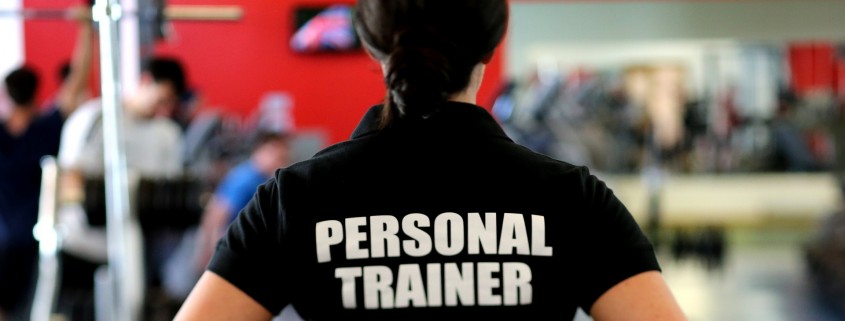Building a Team of Warriors Starts with YOU
If you find yourself leading a group of people who are locked into that negative, cynical, victim mentality, how do you shift it? How can you not only avoid becoming mired in the negativity, but actually change it? In other words, how do you help your team transition from Worriers to Warriors?
The attitude and mindset of any organization or team, no matter how large or small, is always a reflection of its leader’s mindset and attitude. If the leader is a Worrier, the team will follow suit. If the leader is a Warrior, he/she will naturally create the same environment for his/her team.
In order to transform a negative environment, you must lead by example. In other words, start with yourself.
Transformation always begins with honesty. Honesty allows for awareness. And awareness allows for ownership. Ownership means understanding, accepting, and taking responsibility for what’s not working. In the absence of ownership, leaders tend to resist and to be defensive and in denial about their issues. When people own and accept their issues, they are able to engage others in conversations about change in a much more authentic, direct, and courageous way.
So, as a leader, start with your own authentic reflection. Ask yourself the following questions:
- What is my attitude most of the time?
- How do I react to issues, challenges, and bad news?
- What conversations do I engage in when things don’t work or go wrong?
- Overall, do I behave like a Warrior or a Worrier?
Leaders often have blind spots about their own attitudes and behavior, especially when it is of the Worrier variety. You may want to reach out to a few trusted colleagues, peers, superiors, and/or subordinates and ask them to give you candid feedback. Just remember: People will only tell you what they feel you are willing to hear. Even if you say all the right things, if people sense you are not open to receiving honest feedback, they will adjust their input accordingly. Make sure you are sincere about your quest to gain awareness and ownership of your issues before approaching others.
Many leaders tell their people that “feedback is a gift” but then react badly when they are on the receiving end. So people just roll their eyes, keep to themselves, and avoid authentic conversations.
It’s much easier, safer, and more comfortable to behave like a Worrier. You always have someone or something else to blame. You can also avoid taking responsibility and therefore certain risks in addressing the issues. Being a Worrier doesn’t require courage, but you pay a price for that comfort – usually in terms of lost collaboration, trust, effectiveness, quality of work, morale and company pride, and even financial success.
Most leaders sincerely want to create a Warrior environment for their teams, but many seem to be stuck in their old habits and reactions. When leaders start confronting and internalizing the “costs” associated with a Worrier environment, they are usually more willing to change.
Being a Warrior requires courage and even the willingness to change. But for those who want to feel alive and make a difference, it is an exciting existence.
Being a Warrior is like any other skill. To develop a Warrior mindset, you must commit to this way of being and regularly exercise those muscles. There are certain attitudes and practices that enable you to live and operate in the Warrior space.
In my next couple of blogs I’ll talk more about what these are. Stay tuned and see you next week.











Leave a Reply
Want to join the discussion?Feel free to contribute!